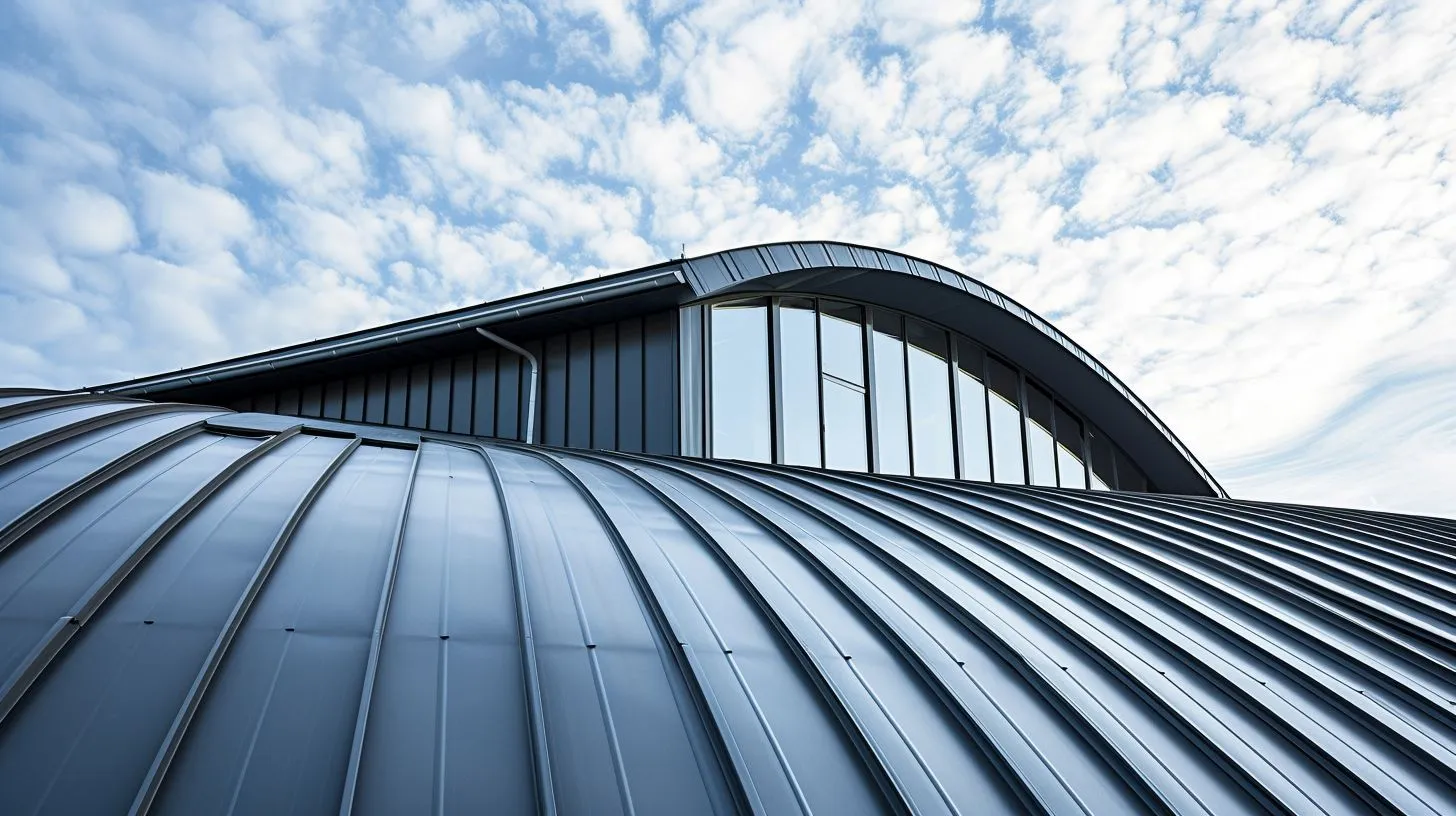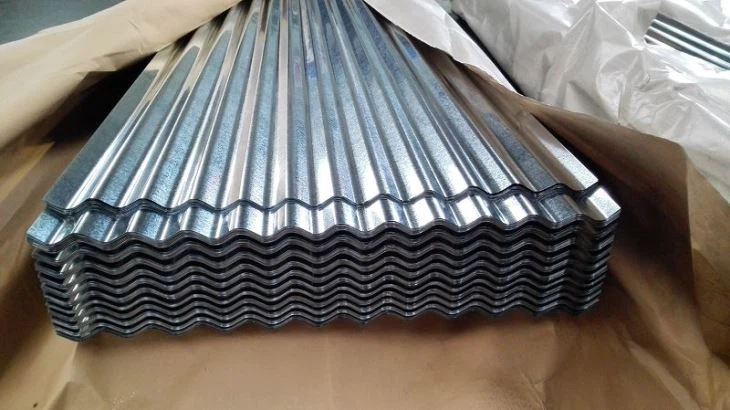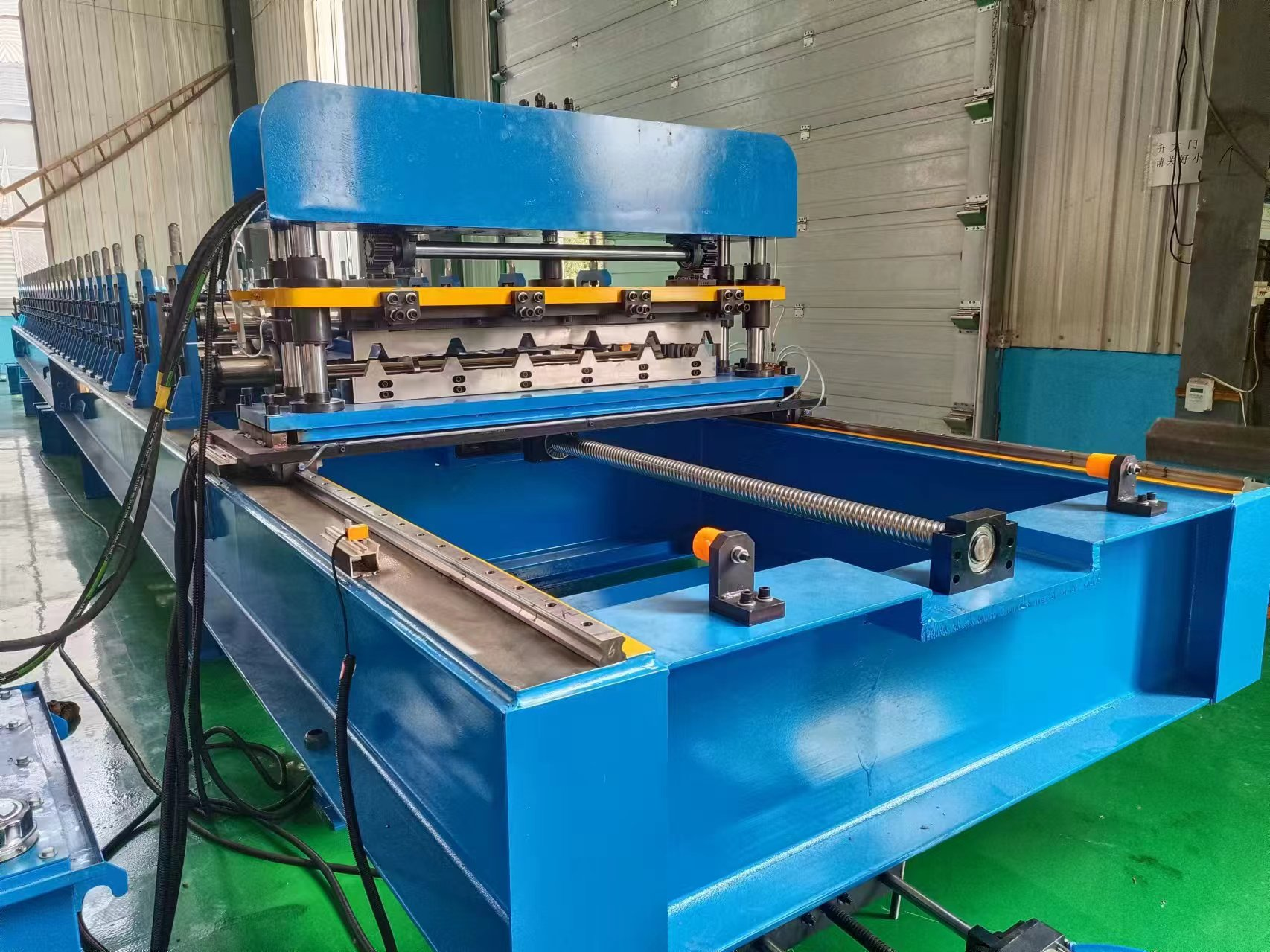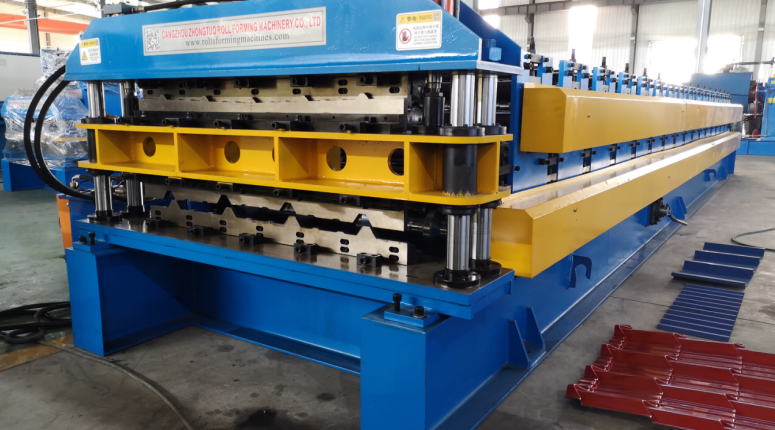Master the Art of Metal Bending with Wall Angle Rolling Machines: Tips, Tricks, and Techniques
Bending metal with precision and accuracy can be challenging, but the right tools and techniques can make all the difference. In this post, we will explore the art of metal bending using wall angle rolling machines, sharing expert tips, tricks, and techniques that will help you achieve perfect results every time. So, whether you’re a seasoned professional or a novice, get ready to level up your metal forming skills.
Understanding the Wall Angle Rolling Machine
Before diving into techniques, it’s essential to understand the basics of a wall angle rolling machine. As mentioned in our previous post, this versatile machine uses a series of rollers to bend metal profiles, such as angle iron, flat bars, and square tubes. By adjusting the position of the rollers and controlling the pressure, you can create precise bends in various materials and thicknesses.
Proper Material Preparation
To achieve the best bending results, it’s crucial to properly prepare your metal profiles before working with a wall angle rolling machine. Here are some tips for material preparation:
Clean the metal surfaces: Ensure that the metal profiles are free of dirt, grease, and other contaminants, which can affect the bending process and final results.
Deburr the edges: Smooth any sharp edges or burrs on the metal profiles, as these can cause uneven bending or damage the machine’s rollers.
Mark the bend lines: Use a metal scribe or marker to indicate the desired bend lines on the metal profiles, which will help you align the material correctly in the machine.
[Image suggestion: A metal profile being cleaned, deburred, and marked in preparation for bending.]
Mastering the Bending Process
Now that your materials are prepared, it’s time to focus on the actual bending process. Follow these expert tips and techniques to master the art of metal bending with a wall angle rolling machine:
Roller positioning: Adjust the machine’s rollers to the correct positions for the specific material and bend angle you need. Make sure the rollers are parallel and evenly spaced to achieve a uniform bend.
Material alignment: Place the metal profile into the machine, aligning it with the marked bend lines and ensuring it sits snugly between the rollers.
Control settings: Input the desired bend angle and other relevant settings into the machine’s control system, making sure to follow the manufacturer’s guidelines and recommendations.
Slow and steady: Start the bending process slowly and monitor the progress, making any necessary adjustments to the rollers or control settings as needed. Avoid rushing the process, as this can lead to uneven or imprecise bends.
Multiple passes: For tighter bends or thicker materials, you may need to make multiple passes through the machine, gradually increasing the bend angle with each pass. This will help prevent material deformation or damage.
Post-bending inspection: Once the bending process is complete, carefully inspect the finished product for any signs of cracking, warping, or other issues. Address any problems promptly to ensure the best possible results.
Advanced Techniques and Applications
As you become more proficient with your wall angle rolling machine, you may want to explore some advanced techniques and applications. These can include:
Creating compound bends: By combining multiple bend angles in a single piece , you can create complex shapes and structures. This technique requires careful planning and precise roller adjustments to achieve the desired results.
Reverse bending: This technique involves bending the metal profile in one direction and then bending it back in the opposite direction to create a specific shape or curvature. This can be useful for creating unique decorative elements or specialized components.
Rolling coils or spirals: By continuously feeding the metal profile through the machine and adjusting the roller positions, you can create coils or spirals for various applications, such as decorative railings, gates, or furniture components.
Multi-radius bending: This advanced technique requires a wall angle rolling machine with specialized tooling and programming capabilities, allowing you to create bends with multiple radii in a single pass. This can be particularly useful for creating complex architectural elements or automotive components.
Maximizing Machine Performance and Longevity
To ensure optimal performance and longevity from your wall angle rolling machine, consider these best practices:
Regular maintenance: As mentioned in our previous post, regular inspections, cleaning, and lubrication are crucial for maintaining your machine’s performance and lifespan.
Tooling selection: Use the appropriate tooling for your specific material and bending requirements, and regularly inspect your tooling for signs of wear or damage.
Operator training: Ensure that all machine operators are adequately trained in proper usage, safety procedures, and troubleshooting techniques.
Environmental considerations: Keep your machine in a clean, dry environment to minimize the risk of corrosion or damage due to debris and moisture.
Conclusion
With the right techniques, tips, and tricks, mastering the art of metal bending using a wall angle rolling machine is within your reach. By properly preparing your materials, following best practices for the bending process, and exploring advanced techniques, you can achieve exceptional results every time. Additionally, proper maintenance and operator training will ensure your machine’s performance and longevity, allowing you to tackle even the most challenging metal bending projects with confidence.








